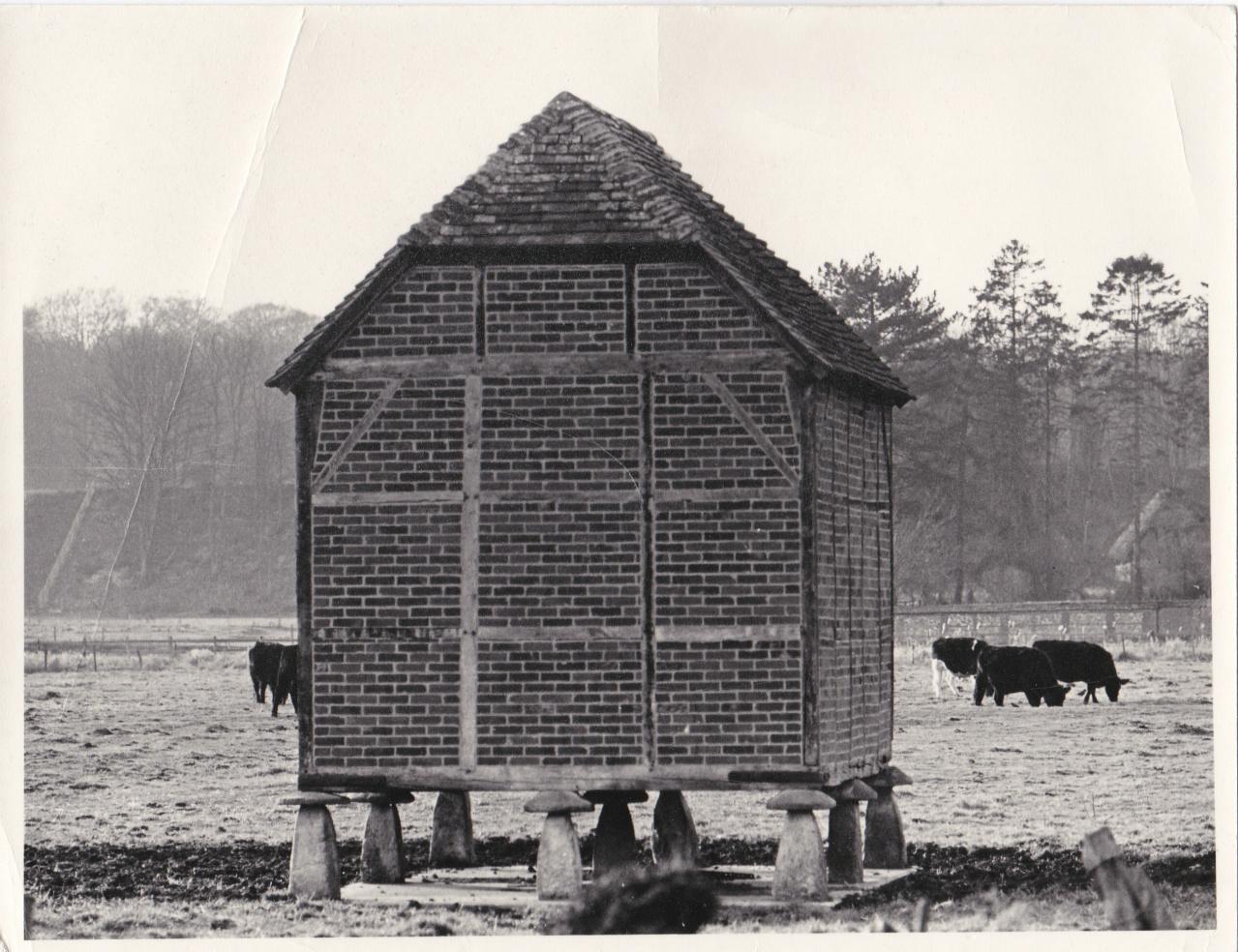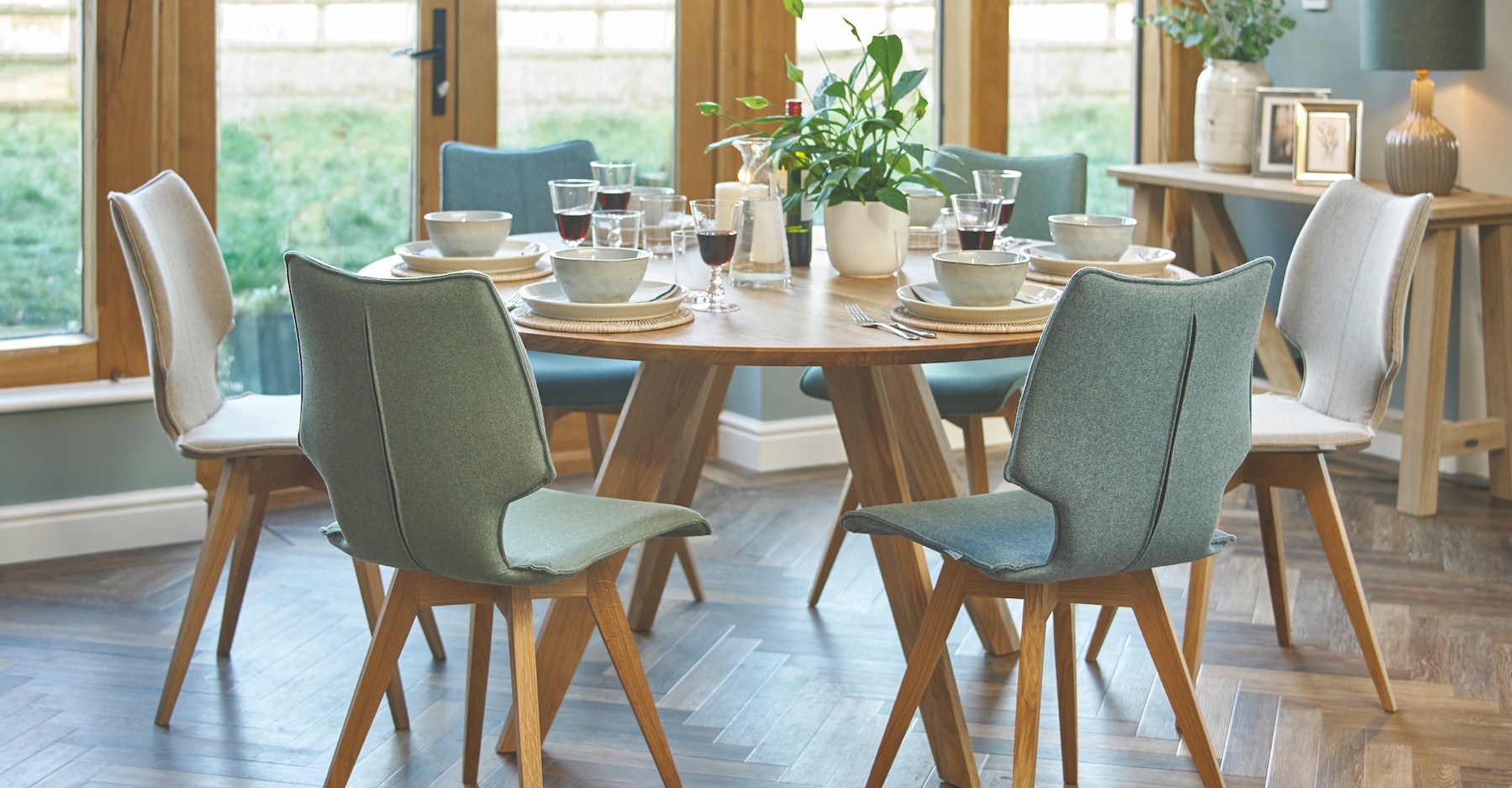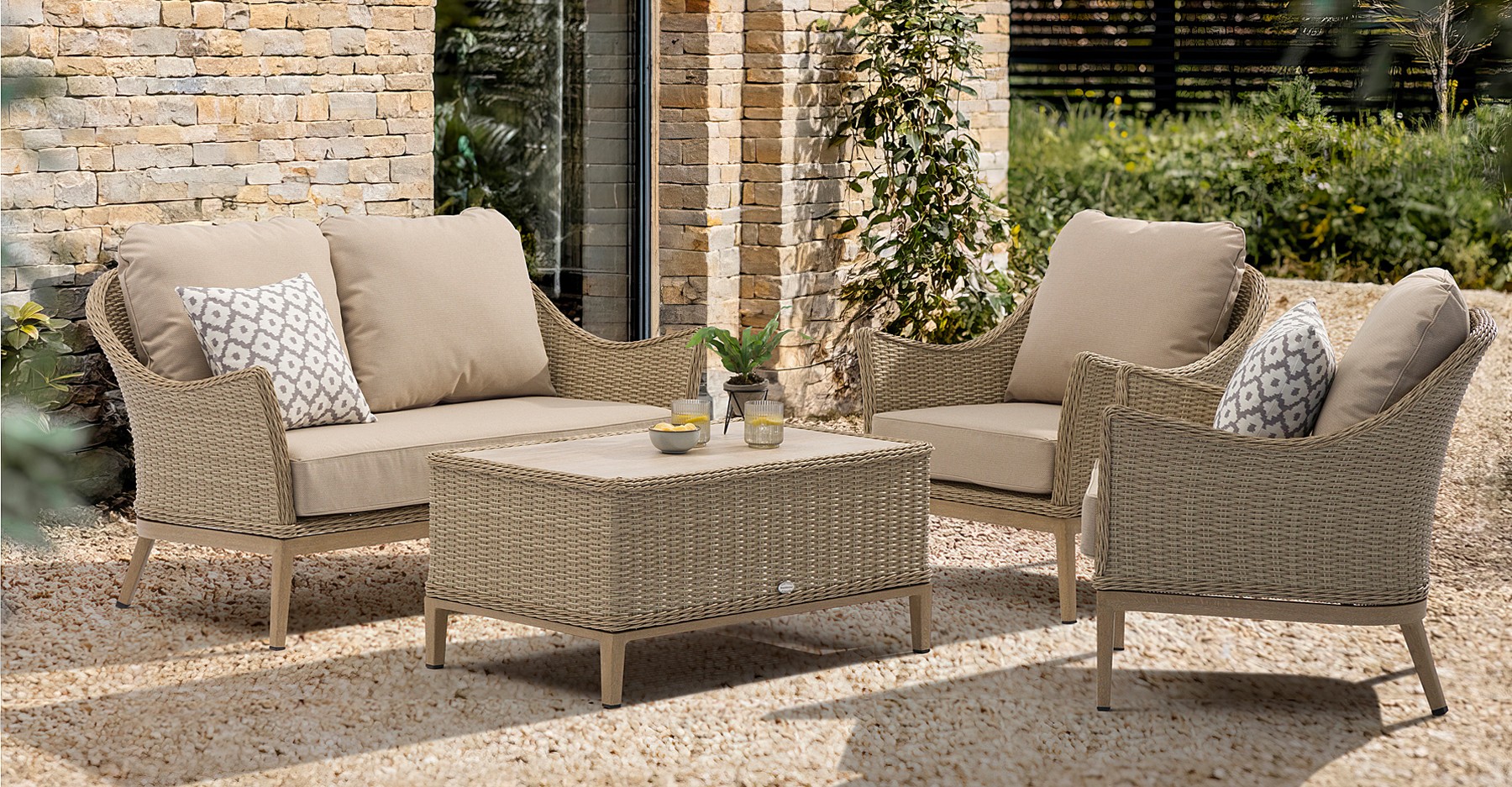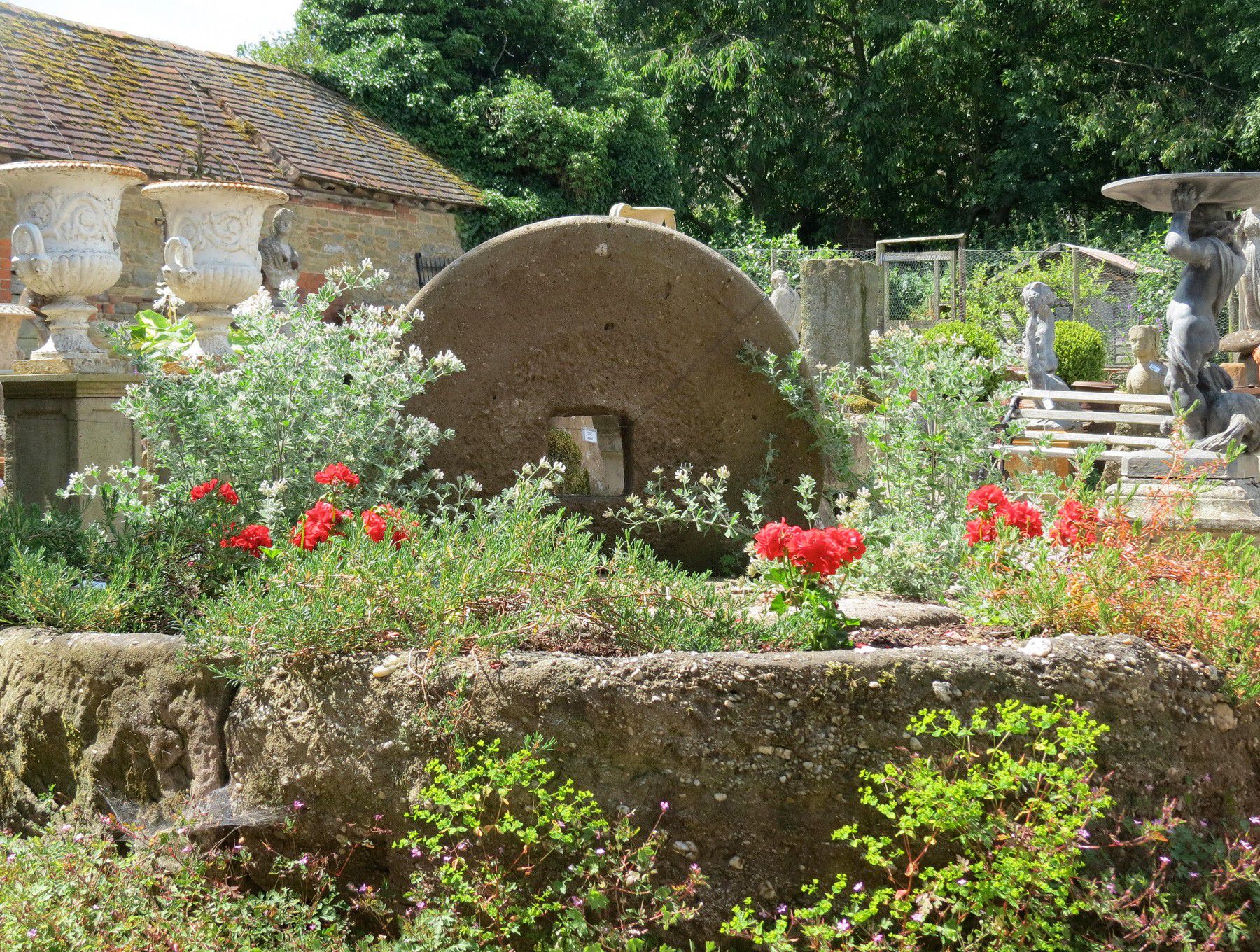So here is our guide to starting your own collection of garden antiques.
With the British summer in full swing (it wouldn’t be a British summer without the rain!) and to coincide with the recent launch of our new antiques and ornaments website, we want to show you some garden ornaments that will enhance your garden and can all be found at Holloways.
But where to start? Antique, vintage or contemporary? What are the differences and what should you collect? Our very own Edward Holloway is recognised as one the country’s leading specialists in antique garden ornaments, so where better to start than by asking Edward.
Traditionally, garden ornaments were intended to enhance a garden and it is for this same reason that we still like to do this today. Here at Holloways, Edward selects his garden ornaments to build on this tradition of decorating the garden.
Garden Urns
Let’s start with antique stone urns. Not only are urns used as planting pots, but are hand-crafted pieces that exude quality and elegance. But how can you tell if a garden urn is genuinely old, and how old?
It is notoriously difficult to date garden antiques and amateurs can easily make mistakes. These photos show two urns — the one on the left looks much older than the one on the right, but is it? The large composition-stone jardiniere on the left, derived from a 16th century Italian original, has an exceptionally good patination of moss and lichen. This planter is only 30-40 years old, but looks like an antique.

Compare this to the carved limestone urn-shaped finial in the second picture. This has very little weathering as it has been cleaned and stored inside for the last fifty years or so. The style of carving, however, with large lobes and deep curving fissures, is typical of the late 17th or early 18th century. Take a look at some of our magnificent urns for sale here.
An experienced expert, such as Edward Holloway, uses many clues to work out the age of a piece. A certain amount can be deduced from the design, material, weathering and provenance, if known, but this example shows that first appearances can be deceptive.
Farm Troughs
If asked to identify his favourite objects in the yard at Holloways, Edward immediately points out the collection of old stone farm troughs:
‘For hundreds of years these were commonplace objects on every farm – like a plastic water butt or galvanised feeding trough would be now’, he explains.

Old Limestone Trough, 18/19th Century
Carved with great skill from solid blocks of stone, using only a hammer and chisel, the stone troughs were put to many uses around the farm — from collecting apple juice during cider making to providing drinking water for farm livestock. Travelling stonemasons were kept busy making swill troughs, water cisterns, staddle stones, cider mills and millstones – all the vital equipment needed for a working farm.

19th Century Old Stone Pump Trough, available here
They are occasionally dated and Edward has seen stone troughs with genuine dates, generally from 1750 to 1850, but there is no reason why some may not be much older than that. They make wonderful planters for today’s garden — and will survive for a good few more years yet!
Staddle Stones

Antique Staddle Stones, 18th-19th Century
You may be familiar with staddle stones — those mushroom-shaped stones that grace many gardens and driveways. In Herefordshire and Worcestershire they are considered mundane objects — and there must be thousands in the two counties — so you may be surprised to hear that a set of six were sold recently in London for £27,500!

Original use for staddle stones, image source
An alternative name for staddle stones is rick stools and this gives a clue to their origin and use. For hundreds of years they were the solution to keeping hay and cut grain free from rats and mice. Rodents were a huge problem for farmers before the days of mechanisation and combining, when sheaves were stored on the farm over the winter months.
The summer’s wheat harvest was raised and stacked on staddle stones to protect it from damp and vermin. Every farm kept a set of staddle stones in position and at harvest time a temporary raft of wood would be built on top and the ricks arranged carefully on this. It is thought that this method had been used on farms since Roman times and only died out when mechanisation meant that unthreshed grain did not have to be stored before separation.
Edward Holloways says, ‘The staddle stones would be arranged in a circle kept permanently on the farm — uneven ground resulting in stones of different heights. I have seen staddle stones in all shapes, sizes and varying condition, chiselled from sandstone or limestone. They are usually hard to date precisely — some could be hundreds of years old.’
Edward has a regular supply of staddle stones for sale at Holloways — and you will only have to pay in the region of £250 - £350 for one!
Head over to our garden antiques website for more information and to decorate your own unique garden today.
![Living Room Furniture]()
![Conservatory & Garden Room Furniture]()
![Garden Furniture]()
![Free Interior Design Service]()
![Living Room Furniture]()
![Conservatory & Garden Room Furniture]()
![Garden Furniture]()
![Free Interior Design Service]()




















